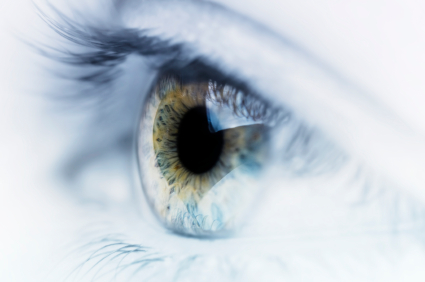Do you look your age? As we all know, we are a society driven by image and appearances and often, too often in fact, the quest to look younger becomes a destination, rather than the last fork in the road.
So, what factors drive others’ perceptions as well as our own? And does a youthful appearance truly matter?
According to study published a few years ago in PLOS ONe, it matters only in the sense that perception may actually drive healthy behavior, not only in individuals but also in populations are a whole.
Numerous factors are believed or have been shown to influence how young or old a person appears, including genetics, sun exposure, smoking history, diet, weight and of course, menopausal status, leading to wrinkles, sagging jawlines, thinning lips, evenness of skin colouring and the distribution of fat in the face. It has also been postulated that having a low BMI, lower social class status, a history of depression and heart disease can cause women to look older.
In fact, the findings demonstrated that:
- The less education women had, the older they looked. Indeed, women with 0 to 6 years of education appeared roughly 4 years older than those with 7 to 9 years, and more than 5 years older than women who had 10 or more years of education.
- Menopausal women looked, on average, 3.5 years older than women who were premenopausal.
- Compared to women who visited a healthcare practitioner 6 or more times a year, women who didn’t take care of their health were judged to be about 5 years older.
- Women with jobs that required them to be active most of the day appeared almost 3 years older than women who were active for only part of for short periods during the day.
- Frequency of brushing ones teeth also appeared to influence perceived age, with women who cleansed their teeth at least twice daily appearing on average, almost 5 years younger than women who brushed their teeth once a day.
- Not surprisingly, exposure to the sun/elements also played an important; women who worked outside looked almost 6.5 years older than their counterparts who had worked inside most of their lives.
- Frequent use of facial cleansers and moisturizers improved youthful appearance, taking as much as 2 to 4 years off of how old women were judged to be.
The researchers point out that their findings are based on facial aging (instead of just skin aging) and its link with our overall health and wellbeing, and that they methodically examined how perceived and chronological age related to specific details about health and lifestyle. One of the most interesting discoveries is that there appeared to be a huge distinction between women who are health conscious and also have access to medical care versus those who are ill and require medical care, which highlights the growing importance of reframing healthcare for women (and for men) in such a way that socioeconomics no longer drive access but rather, society begins to realize that access will ultimately drive socioeconomics. Meanwhile, it is possible that in our quest to look younger, and short of cosmetic plumping, sucking and tightening, we may have actually stumbled across the holy grail: healthy behavior and lifestyle. The bottom line is that outlook may be as important as our look, at least in terms of how we are perceived by others.







